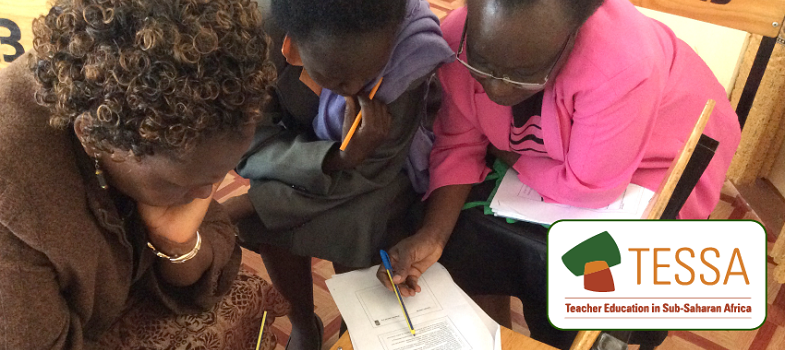3. Planning an assembly on citizenship
To qualify as a citizen of any country you have to meet certain criteria. These are usually laid down in the Constitution. Try to get a copy of the Constitution of your country and see what it says. Resource 3: Excerpt from the Constitution lists criteria for qualification as a citizen.
One way to explore your pupils’ ideas on citizenship is given in Case Study 3.
School assemblies can bring a topic to a close in a way that will motivate your pupils. How to prepare for a school assembly is explored in the Key Activity.
Case Study 3: A visit from the local government chairman to discuss citizenship
Mrs Makoha, from a small rural school in Uganda, invited the Regional District Commissioner (RDC) to visit her Primary 5 class of 56 pupils. The RDC brought with him a photograph of the president, the national flag, coat of arms/national emblem, his identity card and passport. He explained to the children about the importance of these things in being a Ugandan. He explained what the different parts of the flag symbolise. They also sang the national anthem and made a list of all the events where they sing the national anthem.
After the visit, Mrs Makoha organised the class in small groups around their desks and asked them to discuss why it is important for them to be a citizen of Uganda. She moved around the class and guided the groups to stay focused on the task and to listen to each other’s ideas.
Next, she asked them to work individually and write their own reasons in their books. She collected in their work and was able to assess how much each pupil had learned about citizenship. There were five pupils whose reasons were less well developed and Mrs Makoha discussed the reasons with these pupils during break to assess whether they understood the ideas.
Key Activity: Presenting learning in a school assembly
Ask your head teacher if you can hold a school assembly on ‘Being a good citizen’.
Discuss what the content of the assembly might be with your class.
Each group prepares their part and the resources needed. You might want to suggest to your pupils that the following need to be included:
- Who is a citizen?
- Rights and duties in the home.
- Rights and duties in the community.
- Symbols of national identity – flag, anthem, identity card, coat of arms, passport.
- Why is it important to be a good citizen?
Give groups different tasks and allow them time to prepare their contributions – maybe over several lessons.
Make the task clear, so that each pupil produces a piece of work that you can use to assess their learning.
Encourage them to write poems or texts for reading, paint flags or find a text they want to read or use.
Agree the order for the presentations and rehearse.
Present your assembly to the school.
Afterwards, discuss with the pupils what worked well and what could have been improved. How well did they think the rest of the school understood about citizenship?
2. Rights and duties and the community



